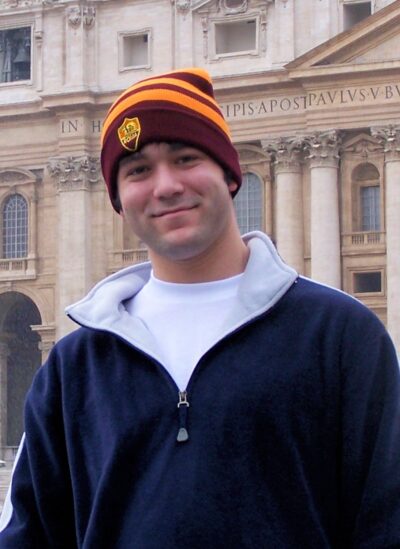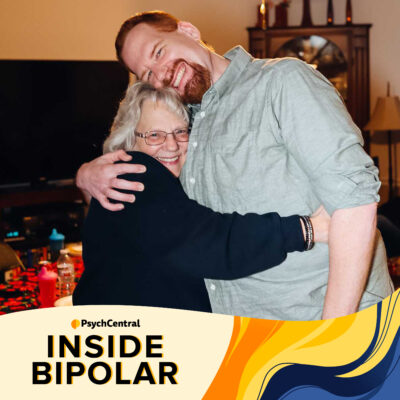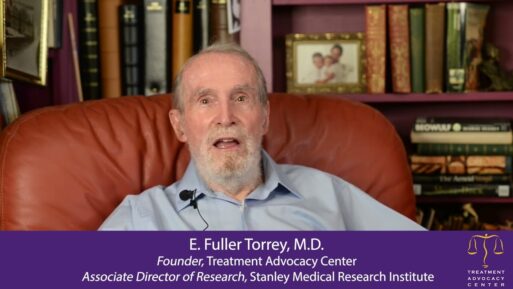
(3-2-24) I was staring at the wall clock in the INOVA Fair Oaks (Va.) Hospital when the emergency room doctor spoke but I cannot tell you now what time it was. I only know that it was at that single moment when my entire life changed.
Just before Christmas, I’d fallen while hiking in the Shenandoah, breaking three ribs. Seven weeks later, I began gulping for breath whenever I walked upstairs. An x-ray revealed fluid in my right lung, which caused my wife, Patti and me to drive to the ER.
The fluid needed to be drained, the first ER doctor explained, while ordering a CT scan. Patti was nervous. “What’s taking so long?” she asked. The doctor finally returned. “We have a problem. There are three masses in your right lung.” Masses? My first reaction: “They must be from my hiking accident.” He replied: “They are highly suspicious.”
A second ER doctor arrived to schedule the draining of fluid and admit me into the hospital. “Do you understand what you are dealing with?” he asked. I blamed my fall. He said, “Cancer. Lung Cancer.” Patti and I stared at each other. Stunned! The doctor continued typing into a computer without making eye contact. Not a hint of empathy or emotion. “Lung Cancer that’s metastasized is Stage Four,” he said in a voice no different from when someone orders a pizza.
Patti urged me: “Don’t check the Internet.” I did. In less than an hour, I’d gone from being a hiking fall victim to having a fatal lung disease. “This can’t be happening,” I said out loud. Not to me.







